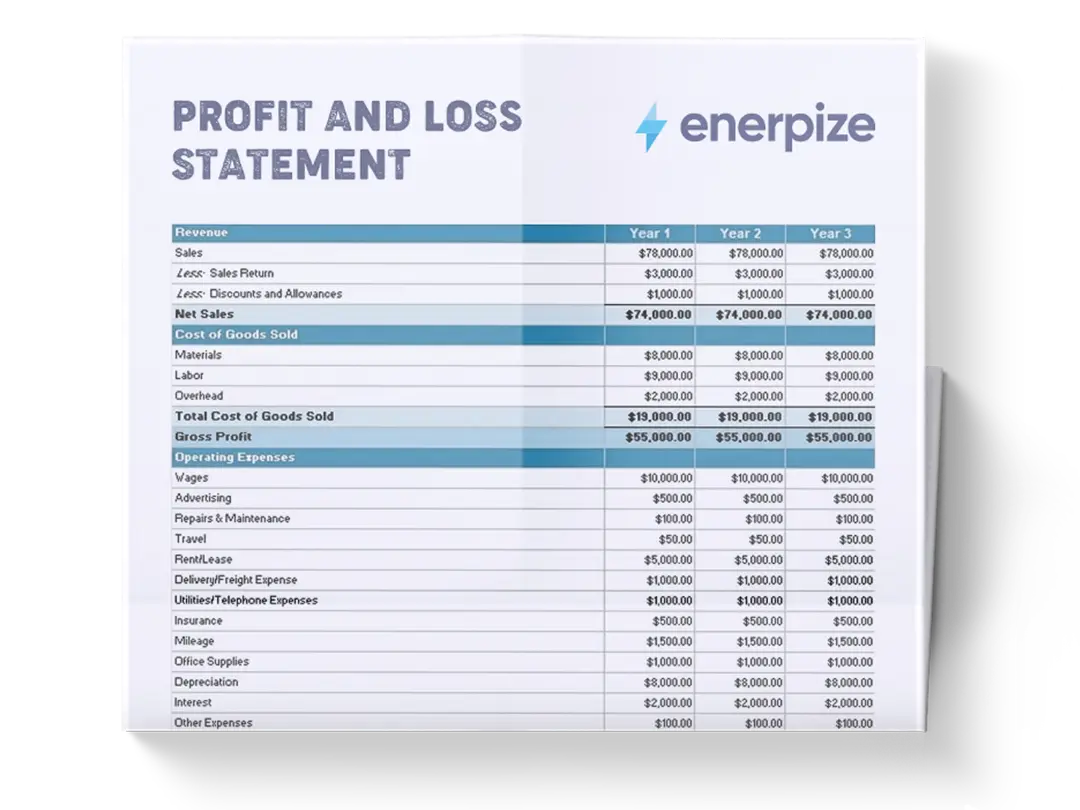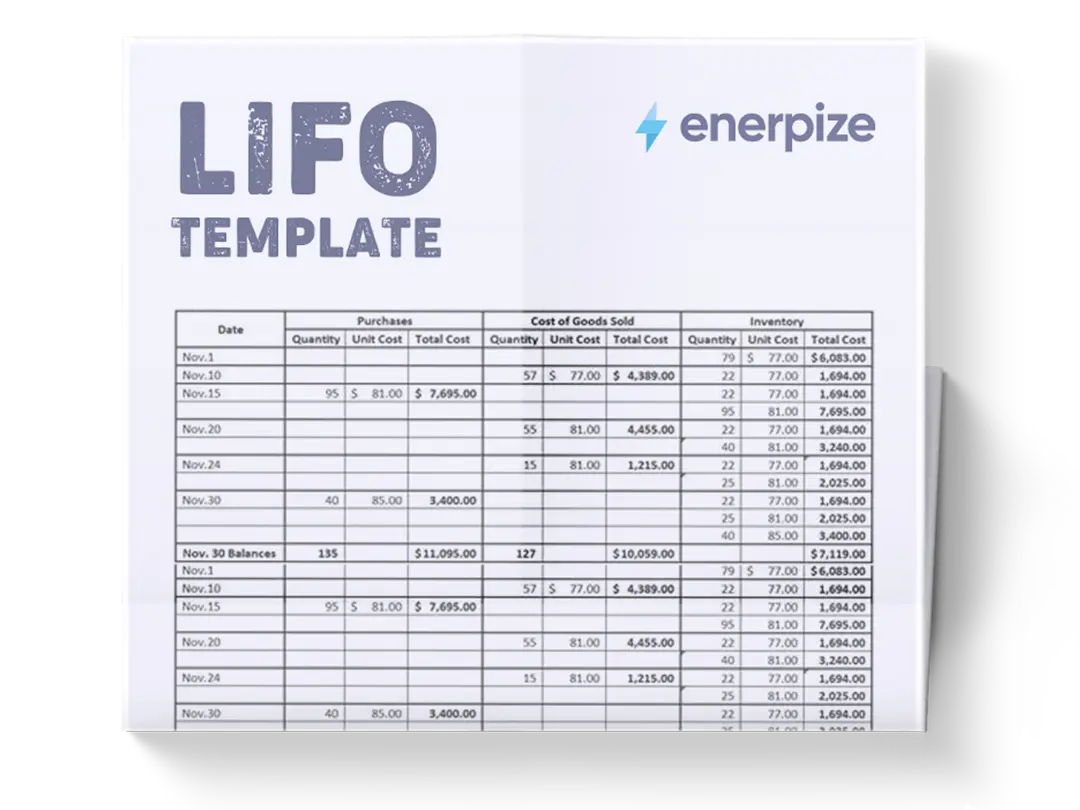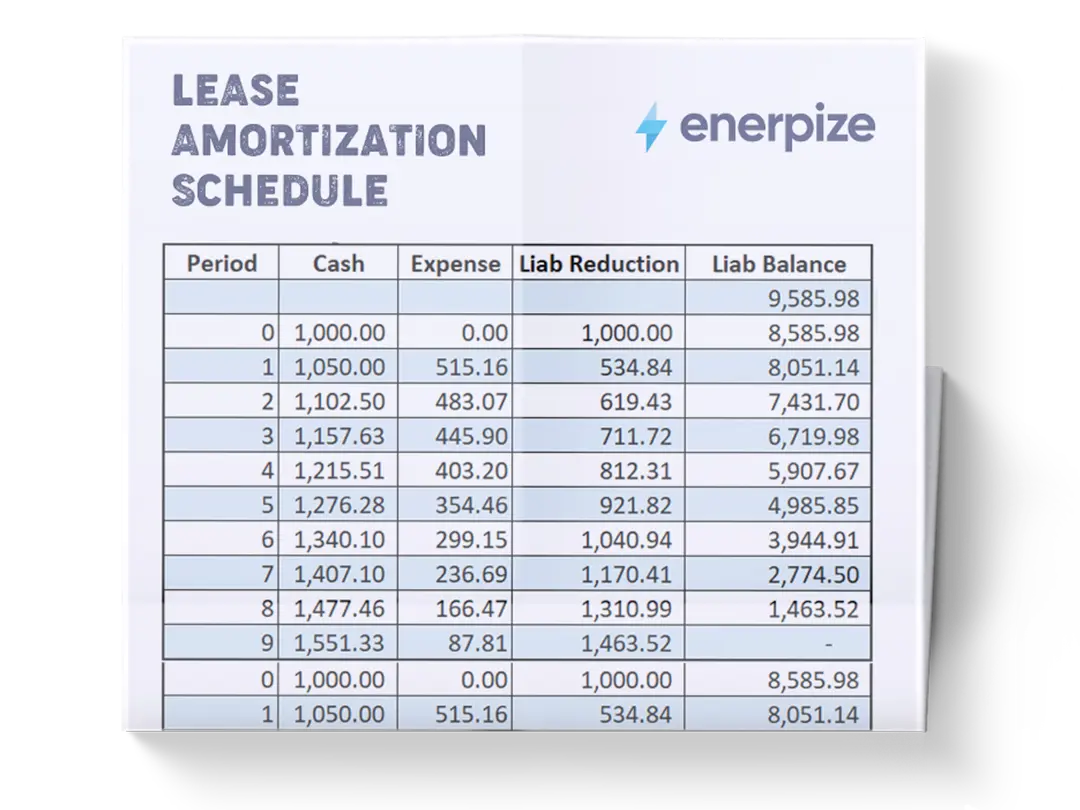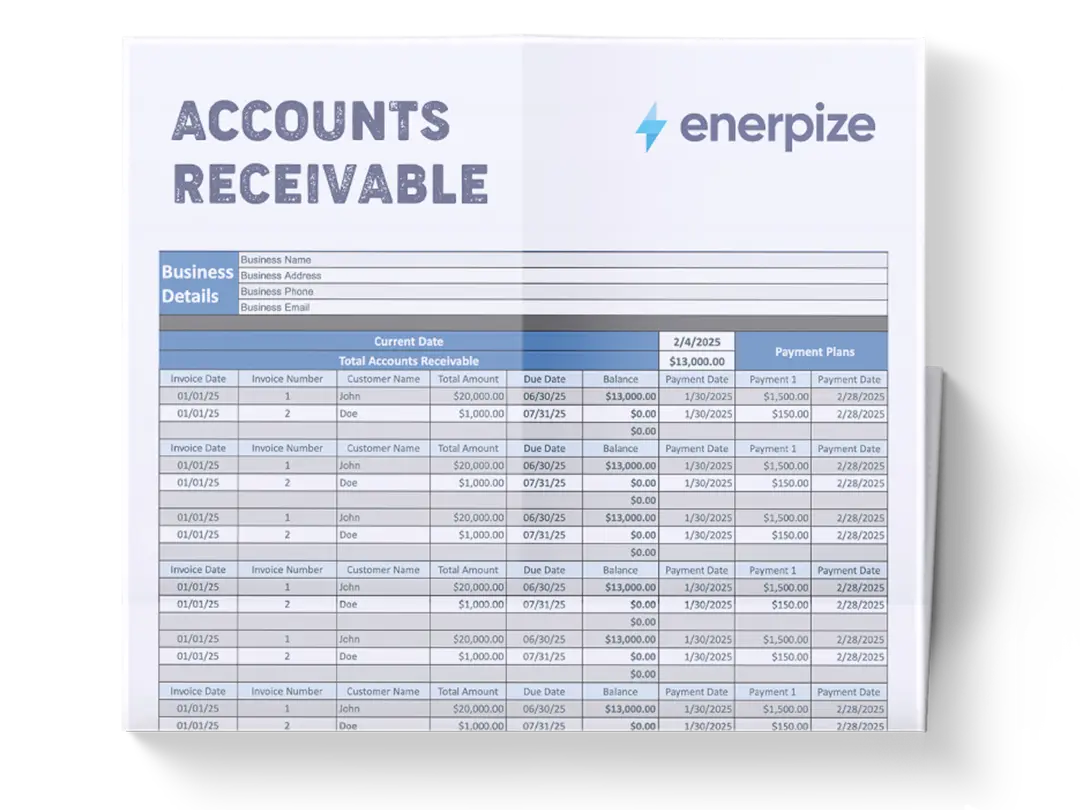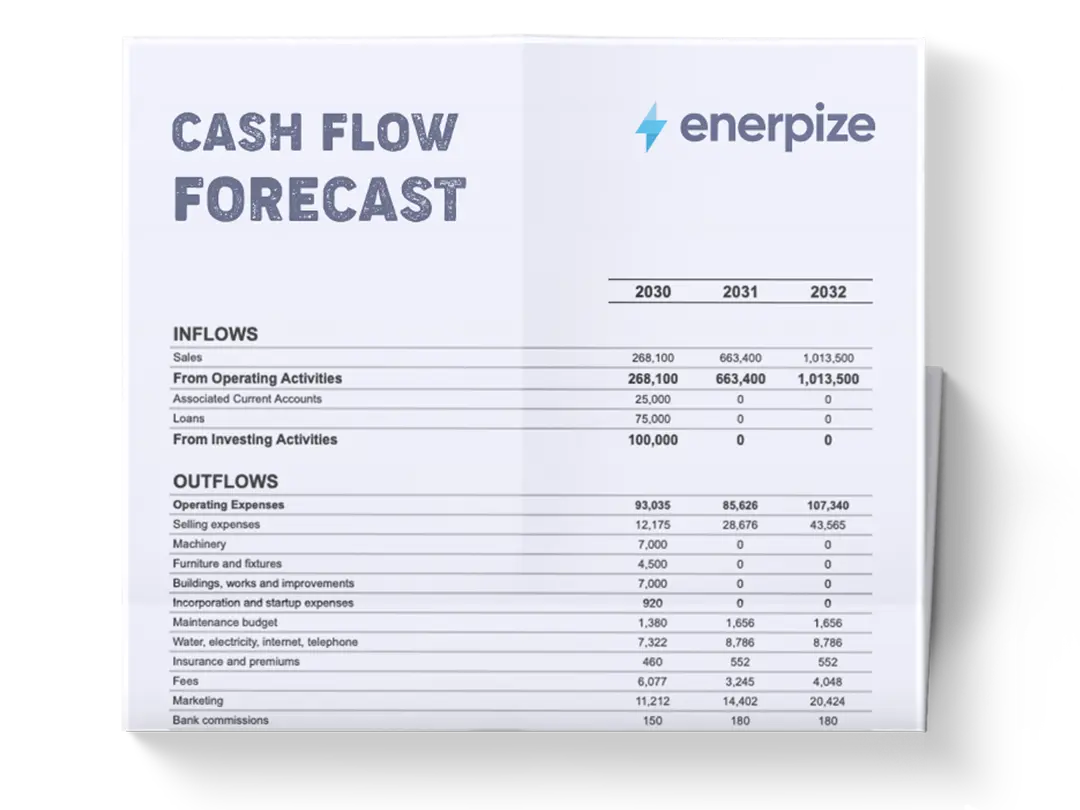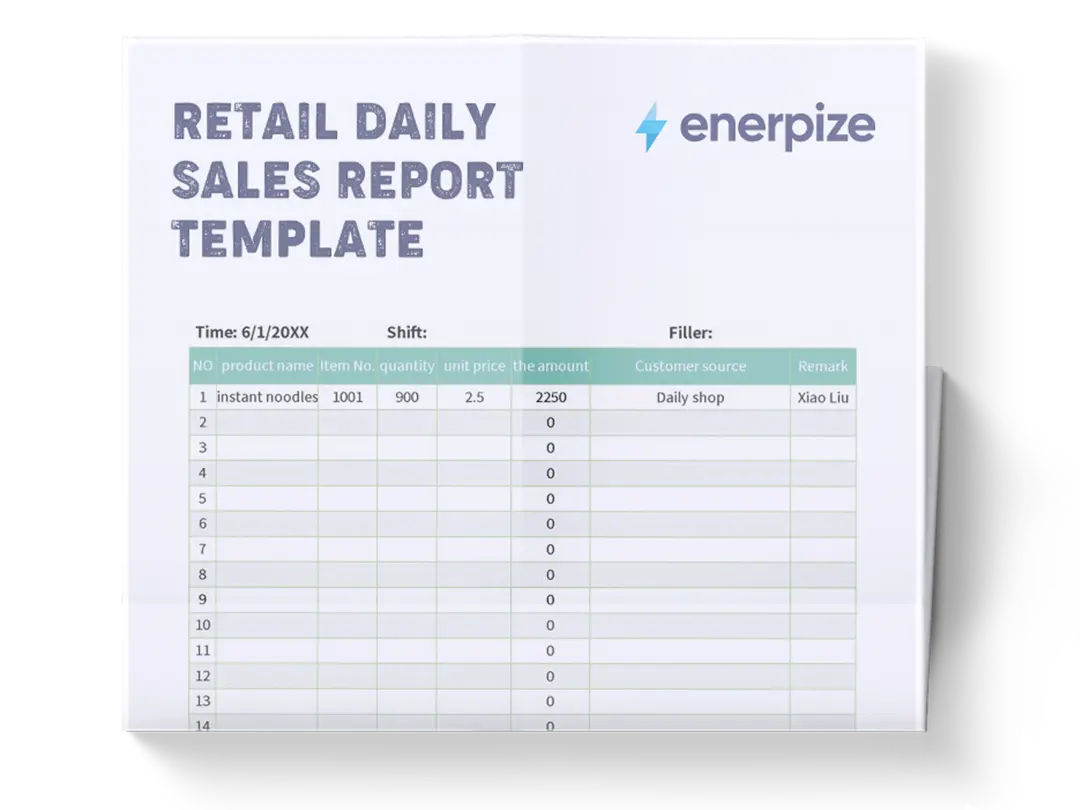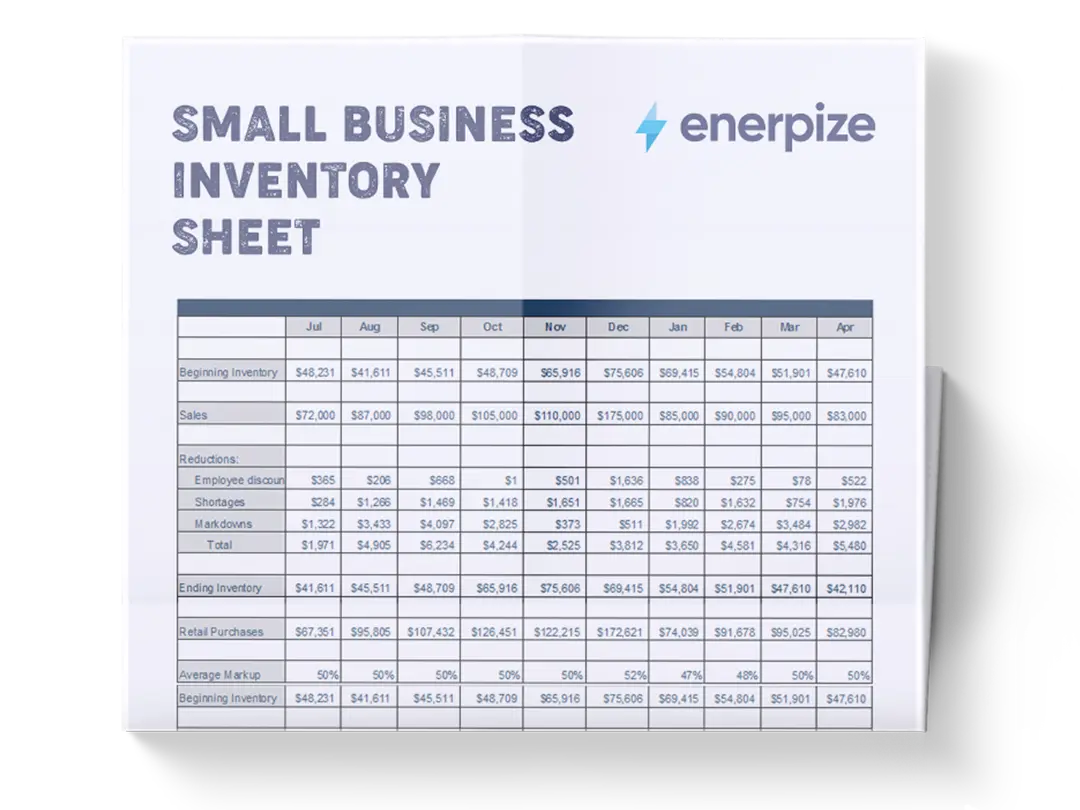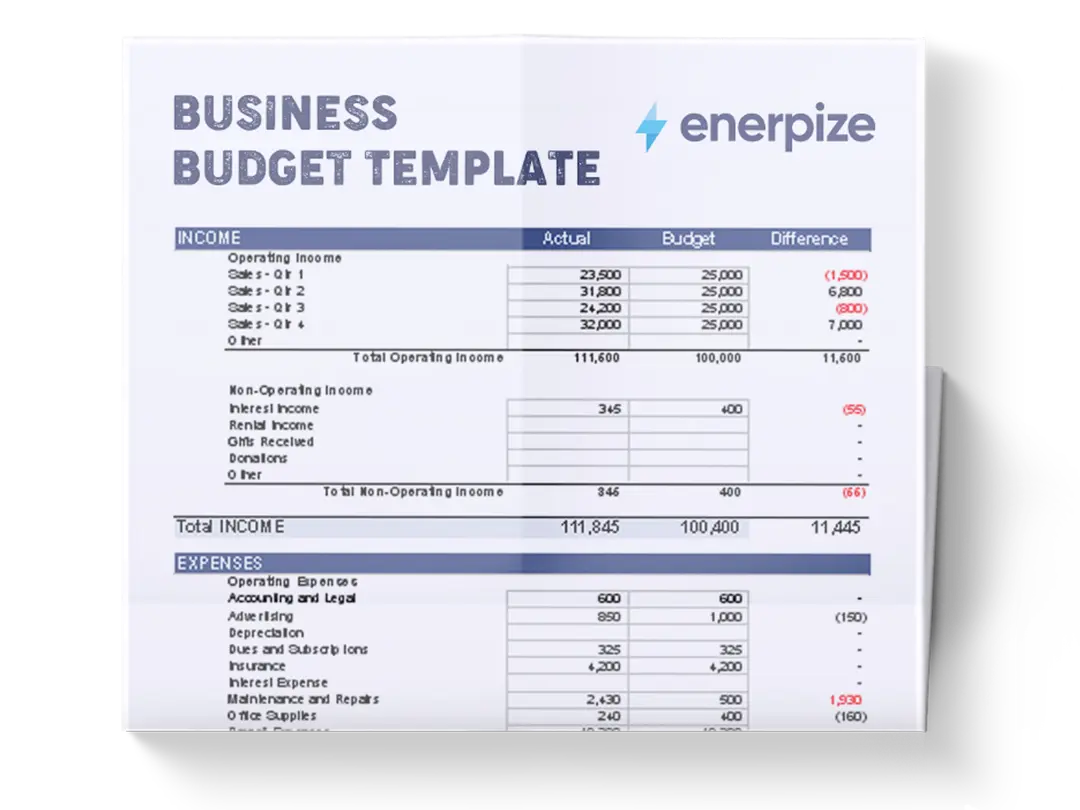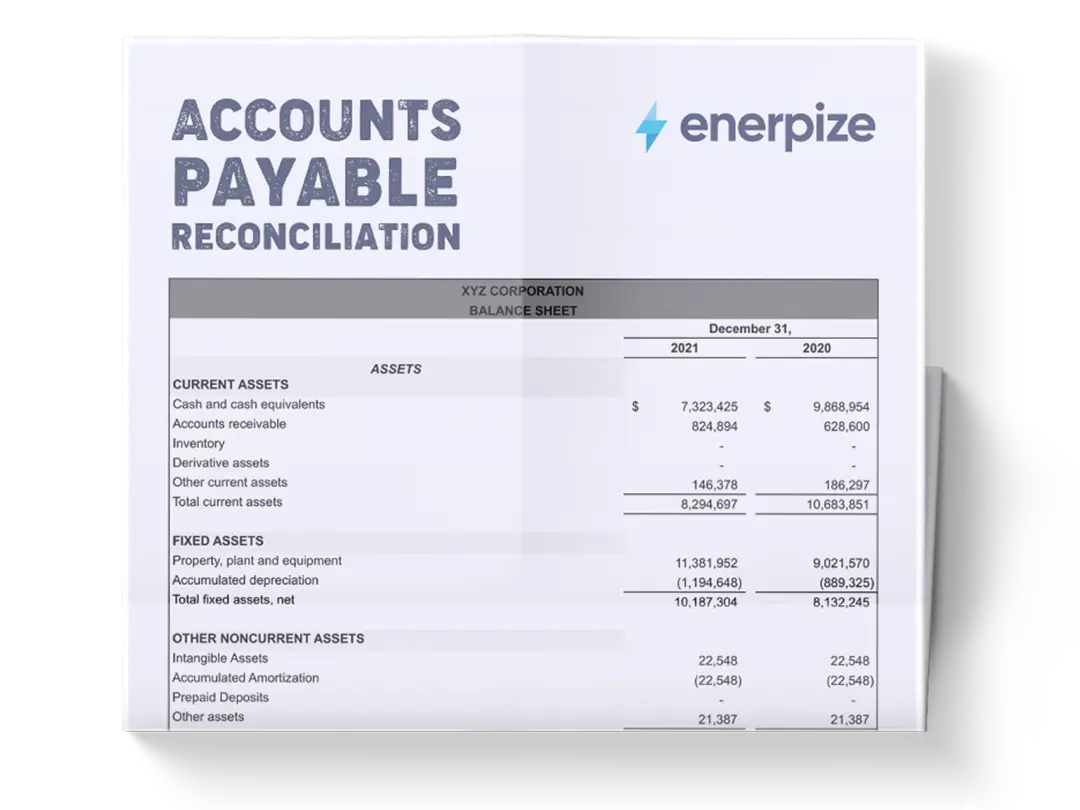Posted on 5 August 2025
Inventory Aging Report Template Excel & Google Sheets
- The inventory aging report template is available in Excel and Google Sheets.
- Categorize and monitor inventory based on product age to identify slow-moving or obsolete stock before it hurts profitability.
- Improve cash flow by reducing dead stock, optimizing warehouse space, and making smarter restocking decisions.
- Gain strategic insights to forecast demand, prevent overstock, and support more agile inventory planning.
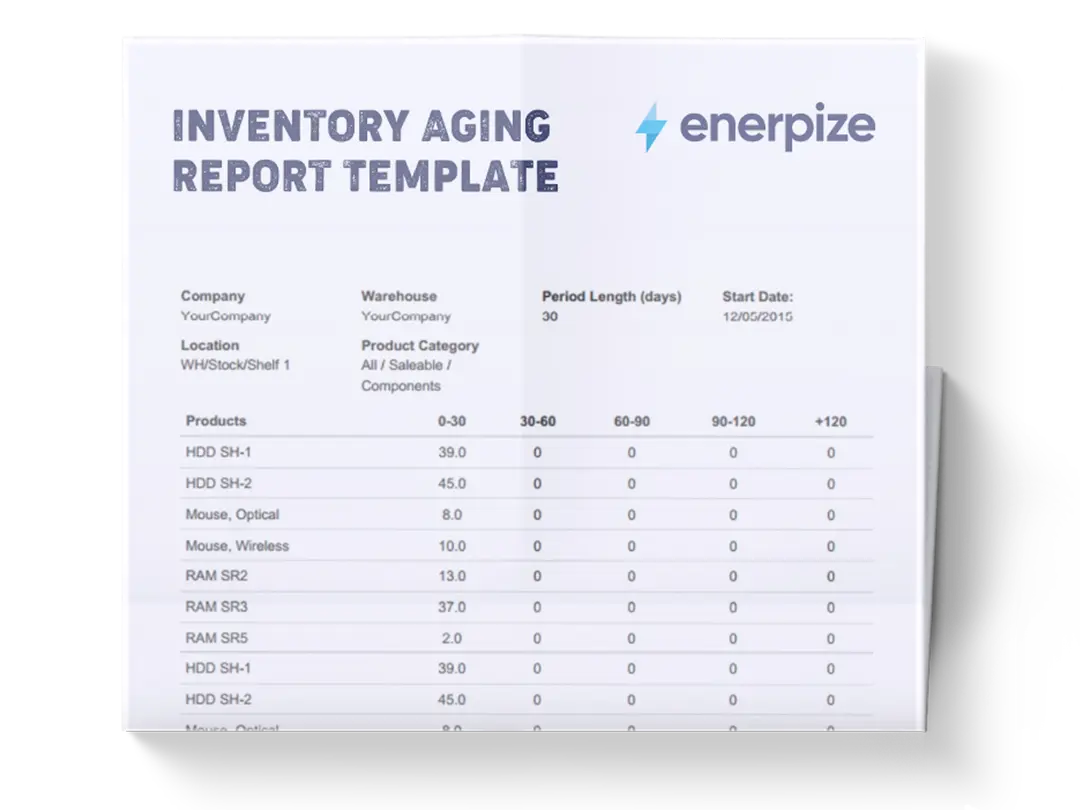
What Is the Inventory Aging Report Template?
The inventory aging report template categorizes inventory based on how long items have been in storage, typically segmented into time brackets: 0–30, 31–60, and 61–90+ days. It provides a time-based breakdown of your stock’s lifecycle, giving clear visibility into which products are moving and which are stagnating. By knowing how long each SKU or item has been sitting in storage, you can assess inventory efficiency, anticipate obsolescence risks, and take corrective actions such as markdowns, bundling, or liquidation.
What Does an Inventory Aging Report Template Contain?
Business Details Section:
Captures the fundamental company information, including business name, address, phone, and email.
Report Date and Amount Due:
A dynamic timestamp and summary amount for the total outstanding balance as of the date the report is generated. It's useful for time-sensitive decision-making and financial planning.
Customer and Invoice Information:
For each outstanding invoice, the report logs customer name, invoice number, payment terms, invoice date, due date, and the total amount billed.
Invoice Age (in days):
Automatically calculates the number of days since the invoice was issued. This key metric flags overdue receivables and alerts you to aging accounts that may require follow-up or escalation.
Amount Outstanding:
Reflects the unpaid balance per invoice. It is the foundation for aging analysis and helps you quantify your exposure to credit risk.
Aging Buckets (Current, 1–30, 31–60, 61–90, >91 days):
The heart of the report. Each unpaid invoice is allocated to an aging bucket based on how many days have elapsed since issuance. This layout visually segments your receivables, helping you identify payment patterns and isolate problematic accounts.
Total Accounts Receivable Aging Summary:
At the bottom of the report, a total for each aging bracket is calculated. This summary gives you a high-level snapshot of how much cash is tied up across various aging categories, supporting prioritization and follow-up strategies.
How to Use the Inventory Aging Report Template
1- Input Business and Report Information
Begin by entering your business name, address, phone number, and email. Then input the report date in the top right.
2- Enter Invoice and Customer Data
For each outstanding invoice, fill in the following fields:
- Customer: The client’s name.
- Invoice No.: A unique invoice identifier.
- Terms: Payment terms (e.g., Net 30, Net 60).
- Invoice Date and Due Date: These are used to calculate how long the invoice has remained open.
- Total Amount and Amount Outstanding: Record the full invoice value and the unpaid balance, respectively.
3- Let the Template Calculate Age Automatically
The 'Age (in days)' column should auto-calculate the number of days between the invoice date and the report date.
4- Assign Invoices to the Right Aging Bucket
Based on the number of days aged, the inventory aging report in Excel will calculate the outstanding amount:
- Current (not yet due)
- Aged 1–30 (1–30 days past due)
- Aged 31–60 (31–60 days overdue)
- Aged 61–90 (61–90 days overdue)
- Aged >91 (over 91 days overdue)
5- Review the Totals Automatically Calculated
At the bottom row of the Excel aging report template, total amounts per aging category are calculated. This provides an immediate overview of your receivables health. Pay special attention to balances in the 61–90 and >91 day brackets—these may signal potential bad debt.
6- Take Action Based on Insights
- Prioritize Follow-Ups: Focus your collections efforts on high-value, aged invoices.
- Adjust Payment Terms: If you notice consistent late payments, consider renegotiating terms or implementing stricter credit checks.
- Refine Credit Policies: Use aging trends to spot repeat offenders and reassess their creditworthiness.
- Improve Cash Forecasting: Aging trends directly impact liquidity. Incorporate this data into your rolling cash flow forecasts.
7- Maintain and Update Regularly
This report is most valuable when kept current. Update it weekly or monthly, depending on the size of your operation.
Importance of the Inventory Aging Report template
Identifies Slow-Moving and Dead Stock
The inventory aging report helps pinpoint inventory that isn't selling within the expected timeframe. These items can tie up capital and warehouse space, creating drag on cash flow and operational efficiency.
Improves Cash Flow and Capital Allocation
By flagging aged inventory early, businesses can free up capital stuck in unsold goods and redirect it toward faster-moving or higher-margin products, enhancing ROI on stock investment.
Reduces Storage and Maintenance Costs
Products that sit in storage longer require more resources—space, climate control, insurance, and sometimes repackaging. The report allows you to minimize these costs by optimizing stock rotation.
Supports Smarter Purchasing and Reordering Decisions
Understanding which SKUs are underperforming prevents overstocking. The report supports data-driven decisions about what, when, and how much to reorder or manufacture.
Enhances Strategic Pricing and Promotions
Inventory approaching obsolescence or expiry can be earmarked for discounts, bundles, or clearance sales. This improves inventory turnover and minimizes write-offs.
Strengthens Store-Level and Regional Planning
Patterns in inventory aging may vary by location. The report can reveal whether certain branches or regions need adjustments in ordering, marketing, or display strategy.
Boosts Compliance and Quality Control
In regulated industries—such as pharmaceuticals or food—distributing aged stock could result in legal violations. This report helps ensure timely sell-through before expiry, reducing liability risks.
Improves Supply Chain Transparency
By tracking how long products have remained in inventory and comparing trends over time, businesses can evaluate supply chain performance and identify delays or inefficiencies upstream.
Who Can Use the Aging Inventory Report Template?
Retailers and E-Commerce Sellers
Fast fashion, consumer electronics, cosmetics, and seasonal goods rely heavily on inventory freshness. Aging reports help these sellers adjust stock levels, run clearance campaigns, and plan future buying cycles.
Manufacturers and Distributors
For companies dealing with high SKU volumes or components with limited shelf life, the aging report helps manage production planning and avoid supply chain disruptions caused by aging or obsolete parts.
Warehouse Managers and Operations Teams
Storage optimization is a direct result of aging analysis. By tracking which goods are stagnating, warehouse teams can reorganize layouts, prioritize pick paths, and reduce storage congestion.
Procurement and Inventory Planners
These teams rely on aging data to refine reorder points and adjust inventory models to meet actual demand rather than forecasts alone, reducing both understock and overstock risks.
Finance and C-Suite Decision-Makers
Aging inventory directly impacts working capital and profitability. Senior leadership uses the report to evaluate inventory turnover ratios, set financial provisions for obsolescence, and shape strategic investment decisions.







